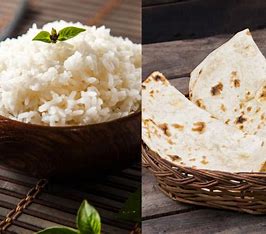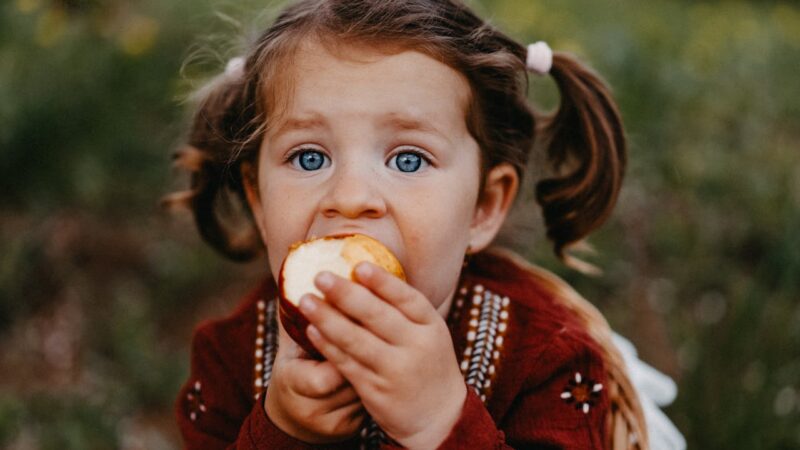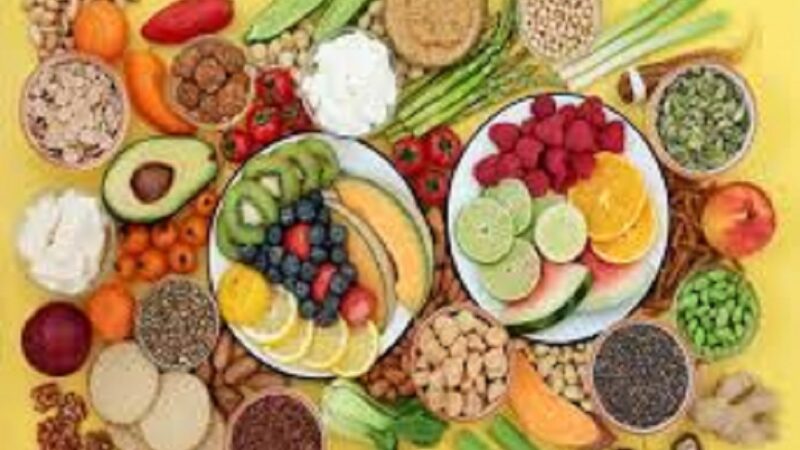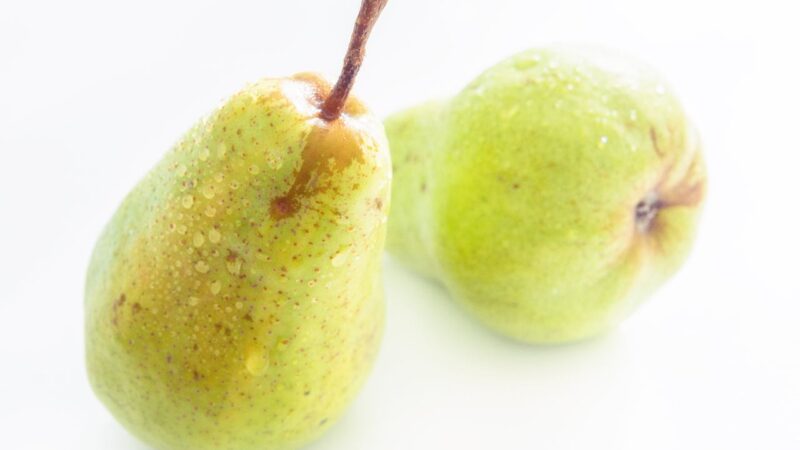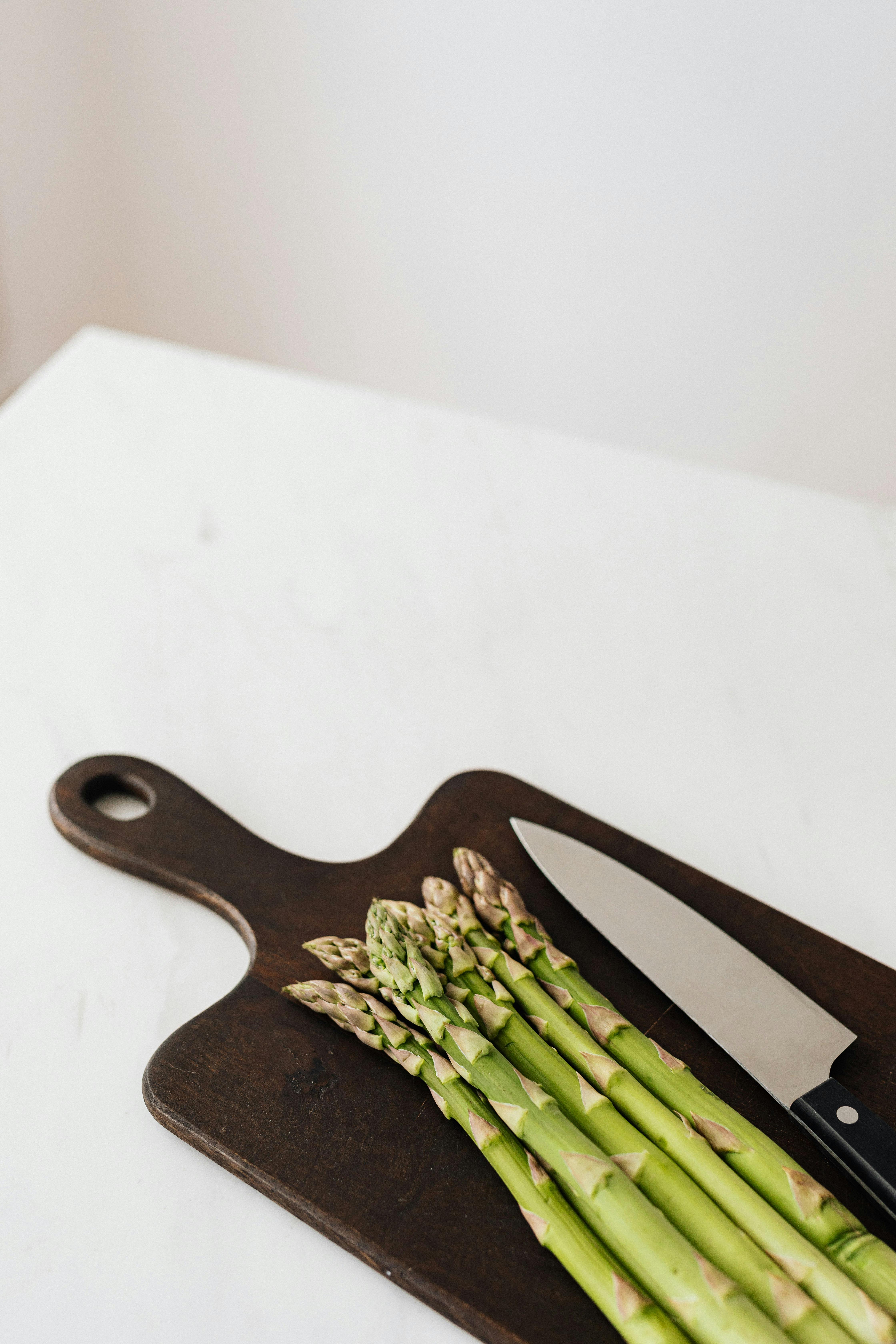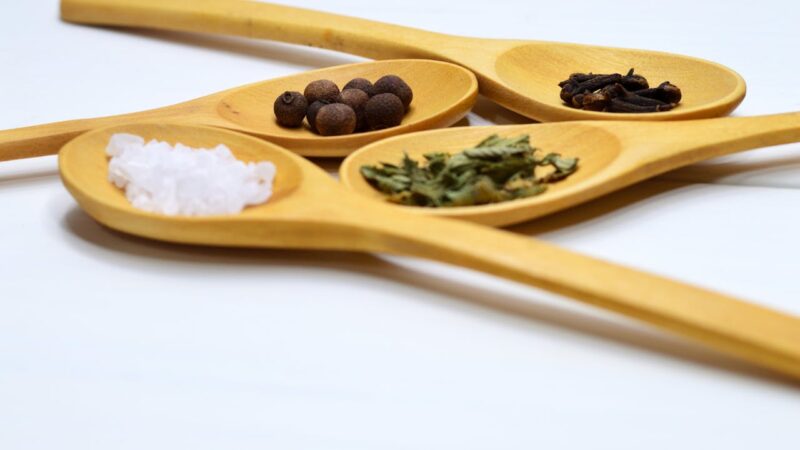Flavorful Culinary Heritage of Navratri, Festival of Nine Nights
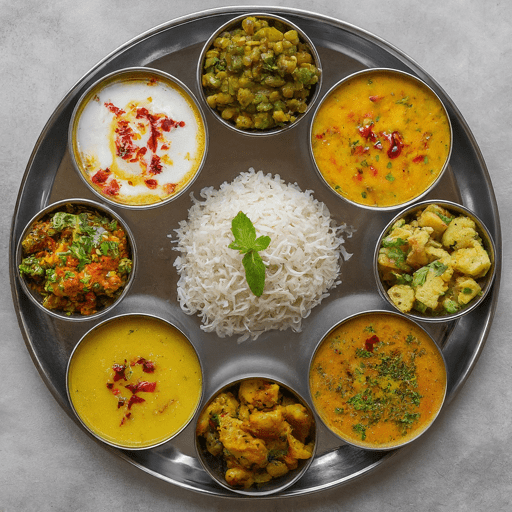
Navratri, the festival of nine nights, is an auspicious time celebrated with fervor and joy across India. It’s a time when people come together to worship the goddess Durga in her various forms. One of the most exciting aspects of Navratri is the traditional foods that are prepared and enjoyed during this festive period. These dishes not only tantalize the taste buds but also hold significant cultural and religious importance. Let’s take a delightful journey through the traditional foods of Navratri.
Understanding Navratri, Festival of Devotion and Celebration
Navratri is a Hindu festival celebrated for nine days and nights, dedicated to the worship of Goddess Durga and her nine divine avatars. The festival symbolizes the triumph of good over evil and is observed with fasting, prayer, and various cultural activities like dances and music performances.
Significance of Fasting During Navratri
Fasting is an integral part of Navratri observances, with many devotees abstaining from consuming certain foods like grains, meat, and alcohol. The fast is believed to cleanse the body and mind, increase spiritual awareness, and invoke the blessings of the goddess.
Vibrant Palette of Navratri Cuisine
Navratri cuisine is as diverse as the culture of India itself, with each region boasting its unique culinary delights. However, certain ingredients and dishes are commonly associated with this festive period, reflecting the seasonal bounty and cultural heritage.
Traditional Foods of Navratri
Traditional Foods of Navratri offer a delectable glimpse into India’s culinary heritage, blending flavors and rituals in dishes like Sama Rice Khichdi and Sabudana Vada. These sacred recipes not only tantalize the taste buds but also symbolize spiritual devotion and cultural richness.
Sama Rice (Barnyard Millet)
Sama rice, also known as barnyard millet, is a staple during Navratri fasting. It’s a gluten-free grain that’s easy to digest and packed with nutrients. Sama rice is used to prepare dishes like sama khichdi, a savory porridge cooked with spices and vegetables, and sama rice kheer, a creamy dessert flavored with cardamom and saffron.
Singhara (Water Chestnut) Flour
Singhara flour, derived from water chestnuts, is another popular ingredient used during Navratri. It’s used to make puris (deep-fried bread) and parathas (pan-fried bread), which are enjoyed with potato curry or yogurt. Singhara flour is valued for its cooling properties and nutritional benefits.
Sabudana (Tapioca Pearls)
Sabudana, or tapioca pearls, is a favorite ingredient for Navratri fasting recipes. It’s used to make sabudana khichdi, a savory dish cooked with peanuts, potatoes, and spices. Sabudana vada, crispy fritters made from soaked and mashed tapioca pearls, are another popular snack enjoyed during Navratri.
Also Read: Navratri 2024: Celebrating Festival in April
Fruits and Nuts
Fruits and nuts play a significant role in Navratri fasting, providing essential nutrients and energy. Devotees often break their fast with offerings of fruits like bananas, apples, and oranges. Dry fruits like almonds, cashews, and raisins are also consumed as snacks or added to festive sweets.
Milk and Dairy Products
Milk and dairy products are considered sattvic (pure) and are therefore consumed during Navratri fasting. Yogurt, paneer (Indian cottage cheese), and buttermilk are commonly used in various recipes, adding richness and flavor to the dishes.
Preserving Culinary Traditions
One of the most beautiful aspects of Navratri cuisine is its role in preserving culinary traditions and passing down recipes from one generation to the next. Families come together during Navratri to prepare and share traditional foods, creating cherished memories and strengthening bonds.
Fusion and Innovation in Navratri Cuisine
While traditional recipes hold a special place in Navratri celebrations, there’s also room for innovation and creativity. Many chefs and home cooks experiment with fusion dishes that combine traditional ingredients with modern flavors, appealing to contemporary tastes while still honoring the essence of the festival.
Also Read: Embracing Navratri Fasting Foods as Symbols of Cultural Richness
Verdict
Navratri is not just a festival; it’s a celebration of faith, devotion, and cultural heritage. Through its traditional foods, Navratri connects people to their roots, reminding them of the rich culinary legacy passed down through generations. As we come together to worship and feast during these nine auspicious nights, let’s savor the flavors of tradition and rejoice in the abundance of blessings bestowed upon us. Happy Navratri!
In essence, Navratri cuisine is a reflection of the vibrant tapestry of Indian culture, blending flavors, traditions, and rituals into a delightful gastronomic experience that nourishes both the body and the soul.


